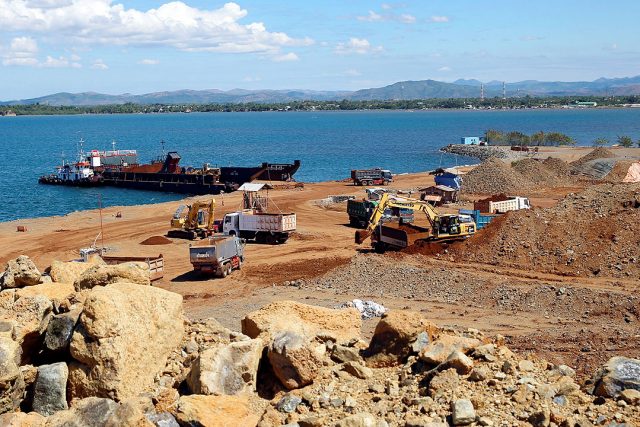COLOMBO — Two years ago, Unilever plc Chief Executive Alan Jope said his company would get rid of the tiny plastic packets it uses to sell single servings of shampoo, toothpaste, and other basics because of the widespread pollution this packaging creates.
These palm-sized pouches, known as sachets, are commonly associated with ketchup or cosmetics samples in wealthy countries. But they have exploded across the developing world where they are used to sell everything from laundry detergent to seasoning and snacks to low-income households.
They have also helped fuel a global waste crisis. Made of layers of plastic and aluminum, sachets are nearly impossible to recycle and aren’t biodegradable. They’re littering neighborhoods, jamming garbage dumps, choking waterways and harming wild creatures. Yet even as Unilever executives have publicly decried the environmental harm done by this packaging, the multinational has worked to undercut laws aimed at eliminating sachets in at least three Asian countries, Reuters has learned.
In Sri Lanka, the company pressed the government to reconsider a proposed sachet ban, then tried to maneuver around it once regulations were imposed, a senior environmental official told Reuters. In India and the Philippines, Unilever lobbied against proposed sachet bans that were later dropped by lawmakers, sources directly involved said.
London-based Unilever declined to comment on the company’s lobbying activities in these markets and said it adheres to Sri Lankan law. A spokesperson said the firm is “phasing out” multilayered sachets by using a variety of potential fixes, including product refill systems, new recycling technology and packaging material that’s easier to recycle.
Unilever, the maker of hundreds of household brands including Dove soap, Ben & Jerry’s ice cream, and Hellmann’s mayonnaise, first marketed plastic sachets on a mass scale in India in the 1980s. The consumer giant remains among the biggest users of this packaging, and other companies have followed suit. Now, 855 billion plastic sachets are sold every year industry-wide, enough to cover the entire surface of Earth, according to A Plastic Planet, a London-based environmental group.
In recent years, Unilever has become a vocal critic of sachets.
The multilayered design of the packages is “evil because you cannot recycle it,” Hanneke Faber, Unilever’s President for Global Food & Refreshments, said in a 2019 investor presentation.
At an online plastic sustainability event in July 2020, Mr. Jope went further.
“We have to get rid of them,” Mr. Jope said in response to a question about how using sachets fit into Unilever’s stated plans to reduce plastic pollution. “It’s pretty much impossible to mechanically recycle and so it’s got no real value.”
Eight months later, the firm got its chance. Sri Lanka last year implemented new regulations to phase out sachets in an effort to stem a tide of plastic waste despoiling beaches, bleaching coral reefs and endangering wildlife on this island nation in the Indian Ocean.
But Unilever continued to sell tiny 6 milliliter (ml) single-portion sachets of shampoo and hair conditioner in Sri Lanka, despite the new ban on plastic sachets sized 20 ml or smaller, according to the nation’s Ministry of Environment and two local plastic pollution charities.
Sachets sold in local shops are displayed in sheets stuck together with tear-away seams, making it easy for buyers to detach a single portion. To sidestep the prohibition, the three sources said, Unilever relabeled its 6 ml sachets to indicate they should not be sold individually, rather in four-packs as one 24 ml unit.
“Unilever tried to deceive us,” Anil Jasinghe, secretary of Sri Lanka’s Environment Ministry, told Reuters from his office in Colombo, the country’s largest metro area with a population of more than 2.3 million residents.
Mr. Jasinghe said his ministry threatened legal action, and that “to their credit” Unilever quickly stopped selling 6 ml sachets. Still, the hard-fought measure applied only to the smallest sizes. Millions of larger sachets continue to be sold in Sri Lanka every day.
In a statement to Reuters, Unilever said it was fully compliant with Sri Lanka’s regulations.
FIGHTING SACHET BANS
Mr. Jasinghe said that episode capped months of efforts by Unilever to upend the proposed legislation. When Sri Lanka was debating the measure in 2020 — the same year Mr. Jope declared sachets to be an environmental scourge – the multinational gave two presentations to officials at the environment ministry discouraging the government from phasing them out, Mr. Jasinghe recalled.
“Unilever approached us and said: ‘Don’t do this, sachets are a poor man’s commodity.’ We said: ‘Yes, you have addicted the poor man to sachets. Now they have no choice.’”
Unilever did not respond to questions about Mr. Jasinghe’s assertions.
The company, which makes 58% of its revenue from emerging markets, has also lobbied against proposed bans on plastic sachets in India and the Philippines in the past few years, according to interviews with a dozen people involved, including government officials, industry sources and environmentalists.
Sachet bans were later dropped by lawmakers in India and the Philippines, which together account for more than 10% of Unilever’s global sales. Reuters could not determine if Unilever’s lobbying influenced the outcome.
Unilever did not respond to questions about the thwarted legislation.
The details of Unilever’s campaigns to derail single-use sachet bans, reported for the first time by Reuters, come as Mr. Jope promotes the $113-billion company as a green champion which he says is on a journey to become the world leader in sustainable business.
Part of its efforts have focused on ways to recycle or reduce single-use plastic packaging.
Reuters found that five such programs launched by Unilever over the last decade in India, the Philippines and Sri Lanka — including novel recycling technology and refill vending machines — have been dropped or not progressed beyond the pilot stage.
In response to Reuters’ questions about these failures, Unilever said in a statement that ending the use of multilayered plastic sachets was “a complex technical challenge, with no quick fixes.”
The company would not disclose how many sachets it sells currently or whether its projects have reduced their use. In a promotional video in 2012, Unilever said it sells 40 billion plastic sachets a year.
Nestle SA and The Procter & Gamble Company, Unilever’s rivals who are also major purveyors of products packaged in sachets, declined to answer questions about how many sachets they sell.
Prior to the advent of sachets, many shops in developing countries would measure out tiny portions of sugar, coffee and other basics for sale to poor customers who’d bring their own containers, according to Von Hernandez, global coordinator of Break Free From Plastic, a coalition of more than 2,000 environmental groups focused on plastic pollution. He said this style of buying — known as “tingi” culture in the Philippines — is common throughout Asia. Through the development of sachets, Mr. Hernandez said big brands “appropriated it with plastic packaging to foster and promote loyalty to their products.”
GREEN CREDENTIALS MOCKED
Faced with a wave of plastic bans and polluter-pays laws globally, consumer brands and plastic makers have launched dozens of voluntary initiatives over the last decade which they say will help reduce plastic waste. Yet this pollution gets worse every year.
The United Nations in March approved an agreement to draw up the world’s first-ever plastics treaty, which could include capping plastic production, imposing recycling targets and making consumer goods companies pay to collect this trash.
Only 9% of all the plastic ever made has been recycled, partly because most plastic packaging is designed to be used just once, according to a landmark 2017 study published in the journal Science Advances.
Unilever, which was a principal partner of COP26, the United Nations climate change conference held in Glasgow last year, has in recent years promoted itself as an industry standout on sustainability. That claim has elicited skeptical responses from several environmental groups.
Criticism has also come from one of its biggest shareholders: Fundsmith LLP, a British fund manager. In this year’s annual letter to investors, Fundsmith CEO Terry Smith in January said Unilever had “clearly lost the plot” over its green policies and was “obsessed with publicly displaying sustainability credentials at the expense of focusing on the fundamentals of the business.” He did not elaborate.
Mr. Smith and Unilever declined a request to comment on the letter.
Plastic sachets are especially prevalent in Asian countries that contribute the most to ocean plastic pollution, making them a lightning rod for environmental groups seeking tougher laws on the biggest users of single-use plastic packaging.
At Unilever’s annual general meeting on May 4, Mr. Jope was harangued about the firm’s continued use of sachets by London-headquartered nonprofit ClientEarth, which had temporarily borrowed shares from an activist investor in order to voice its concerns at the high-profile event.
Mr. Jope responded by saying Unilever was “determined to find a solution” to end sachet waste while also continuing to serve low-income consumers.
DEAD ELEPHANTS
Plastic sachets are designed to be cheap and durable, so they pile up in landfills, clog sewers and spill out from urban waterways into the ocean, where animals often mistake them for food.
Sri Lanka’s crackdown has not eliminated this waste. Its ban excludes larger sachets as well as those containing food or medicine. In Colombo, fisherman Lalith Prasanna pointed across a beach to surf awash with these packets, including sachets of Unilever’s Sunsilk shampoo and Surf laundry detergent.
“I have seen fish with plastic inside their bodies,” Mr. Prasanna said. He said sachets have littered prawn breeding grounds, reducing catches.
Land creatures, too, are suffering, said Nihal Pushpakumara, a wildlife veterinarian based in the Amapara region, 130 miles east of Colombo. He said around 20 elephants have died over the last eight years after eating plastic from an open landfill there, autopsies on these giants have revealed.
“They eat all of those sachets” and other plastic garbage, Mr. Pushpakumara told Reuters. “They fill their tummies, then they can’t eat their usual diet so they get weaker and weaker, day by day, and die.”
Still, the partial ban on sachets in Sri Lanka has reduced pollution, according to The Pearl Protectors, an independent marine protection group based in Colombo that conducts ocean and beach cleanups. It said its volunteers have reported collecting fewer sachets than before the ban, but had not quantified or documented the exact impact.
“If this is what a ban on some sachets in one country can do, imagine how the environment could change if companies like Unilever got rid of sachets,” said Muditha Katuwawala, coordinator at The Pearl Protectors.
Unilever told Reuters that despite the environmental downsides of sachets, they provide the poor with access to cleaning products and food in small sizes that fit their budgets.
A SACHET A DAY
Some low-income consumers dispute that claim.
In Crow Island, a suburb of Colombo where barefoot children play in alleyways strewn with used sachets, Fathima Insana, 26, told Reuters that Sri Lanka’s ban on the smallest packets had led to cost savings for her household, which includes her husband, infant son and parents.
She said she used to purchase a 6 ml sachet of Unilever’s Sunsilk shampoo every day for 8 rupees ($0.02), but now saves up to buy a 180 ml recyclable bottle for 190 rupees. That same 6 ml portion works out to be 25% cheaper, and the bigger container lasts her family a month. “A sachet is just for one day,” she said.
Unilever said in a statement it was working with local governments in countries like Sri Lanka to improve plastic waste collection and disposal. It said those efforts include providing vending machines where customers can refill reusable bottles with products such as liquid dish soap and laundry detergent. It would not disclose how many countries it was working with or how many machines it had deployed.
Some of Unilever’s refill machines in Sri Lanka, India, and the Philippines have been placed in upscale malls or supermarkets, far from the poor communities most dependent on sachets, Reuters found.
In Sri Lanka, Reuters could locate only one Unilever refill vending machine, placed at the back of a Cargills supermarket in Colombo.
Unilever declined to comment on its Sri Lanka refill program.
The company told Reuters it had launched six refill stations in Mumbai, India, in 2021 and 2022 to sell products like dishwashing liquid in refillable bottles. At a Reliance SMART supermarket in a middle-class neighborhood, a Unilever employee overseeing one of those refill stations told Reuters they sell only around 10 bottles’ worth of products a day.
Unilever’s Mr. Jope said in a tweet on July 31, 2019 — six months after he became CEO — that the company was looking at ways to help people buy one container to be used “over and over again.”
Along with the hashtag #ReuseRevolution, the post linked to a press release touting efforts such as refill vending machines planned for the Philippines to dispense shampoo and hair conditioner.
Reuters visited three locations in metro Manila where Unilever publicly launched refill stations in 2019. The units were gone. Staff in two of the malls where the stations were placed said they were taken away by Unilever within a month.
Unilever declined to comment.
COURTING A SENATOR
The Philippines, a sprawling Southeast Asian archipelago of more than 7,600 islands and 110 million people, has been inundated with garbage as sachets have proliferated.
A staggering 163 million sachets are used there every day, many swept out to sea by garbage-strewn rivers flowing through teeming cities like Manila, according to a 2019 study by the Global Alliance for Incinerator Alternatives, an environmental group.
In August last year, the nation’s House of Representatives passed a bill that would phase out the use of many single-use plastic items, including Styrofoam cups, plastic cutlery and sachets.
The following month, the bill moved to the Senate to be reconciled with other proposed plastic regulations. Helming that effort was Cynthia Villar, the influential chairperson of the Senate Committee on the Environment and a member of a political family dynasty in the Philippines.
Ms. Villar and Unilever have a history of working together on plastic waste.
The senator’s anti-poverty charity, Villar SIPAG Foundation, in 2017 announced a partnership with Unilever in which the company would train homemakers and the unemployed to make handbags from plastic litter. That same year, Ms. Villar delivered the keynote address at the launch of Surf Misis Walastik, a local Unilever project to collect sachets and other plastic waste to be used as fuel and converted into chairs for schools.
Unilever directly lobbied Villar last year to focus the government’s plastic regulation on cleaning up sachets rather than banning them, two people involved in the talks said.
In January, Ms. Villar announced that the Senate had passed the Extended Producer Responsibility Act, which requires consumer brands to contribute to the cost of collecting and disposing of plastic waste, incentivized by tax breaks. The proposed phaseout of single-use plastic was not included in the final legislation.
Ms. Villar told Reuters the law was “the compromise alternative” and that it would help to reduce packaging waste and increase recycling. She and Unilever did not respond to questions about their charitable partnerships or the company’s alleged lobbying of the senator regarding the proposed sachet ban.
The measure was ratified by Congress on May 26 and now needs the signature of the nation’s president to come into force. President Rodrigo Duterte, who leaves office on June 30 when his term expires, has yet to receive the bill and will review it when it is submitted, deputy spokesperson Kris Ablan said in response to Reuters’ questions. President-elect Ferdinand “Bongbong” Marcos Jr. did not respond to requests for comment.
The Philippine Alliance for Recycling and Materials Sustainability, a consumer goods lobby group in which Unilever is a member, publicly said it supported this version of the law.
The legislation calls for fines on companies that fail to hit targets to clean up plastic waste. But environmental groups say the penalties are too small to worry big consumer brands. They range from P5 million ($92,000) to P20 million ($369,000) for serial offenders. Unilever posted global revenue of 52 billion euros ($55 billion) last year.
Activists have also raised concerns that the legislation doesn’t mandate recycling for the plastic waste that’s collected. The law allows this garbage to be used as fuel in waste-to-energy plants and cement kilns, a practice green activists say will increase carbon dioxide and toxic emissions.
“This will only fuel the climate crisis,” said Coleen Salamat, who campaigns against plastic waste at Ecowaste Coalition, an environmental group based in greater Manila. “This bill is … another band-aid solution without clear targets on phasing out single-use plastics.”
In an investigation last year, Reuters revealed plans by Unilever, Nestle, and other big brands to burn plastic waste in cement kilns as part of their public pledges to remove trash from the environment. Ecologists say the practice pollutes the air and undercuts efforts to boost recycling rates.
BURNING PLASTIC WASTE
In India, Unilever has been part of industry groups that have raised concerns in recent years over proposals to ban sachets and other multilayered plastic packaging, according to two people with knowledge of the matter.
India is Unilever’s second-largest market globally after the United States. The country in 2016 announced new rules proposing to phase out such packaging within two years.
Those rules were amended in 2018 to exempt packaging that could be “recovered” for energy. It’s a suggestion that arose from a meeting between industry associations and representatives of India’s Ministry of Environment, Forest and Climate Change in late 2017, minutes from the meeting show.
That change rendered the ban “toothless” because all plastic, which is derived from oil and gas, can be burned as fuel, said Dharmesh Shah of the Legal Initiative for Forest and Environment, a New Delhi-based nonprofit. Another Indian proposal to ban some sachets was shelved in 2019 following industry opposition, Reuters reported at the time.
India’s environment ministry did not respond to a request for comment about its position on sachets or its meetings with Unilever and industry groups.
Unilever said in a statement that it was working with the Indian government to reduce plastic waste, including funding waste cleanups and programs to teach school children about recycling. The company, which reported revenue of 5.6 billion euros ($5.9 billion) last year in India, declined to say how much it spends on its plastic waste-reduction projects or to state its position on India’s plastic waste rules.
In 2012, Unilever said in a promotional video it had found a new high-tech solution for its sachet waste in India. Unilever proposed using a super-heating process called pyrolysis, also known in the industry as “chemical recycling,” to convert sachets into fuel.
Offcuts and misprints of new Unilever sachets were sent to a waste-to-fuel facility in Chennai owned by a company named MK Aromatics, the Indian partner in the project. There they were heated and condensed into oil, along with other municipal waste, and then sold back to Unilever to be used as fuel for one of its nearby factories, according to Mahesh Merchant, managing director of MK Aromatics.
Merchant told Reuters the arrangement with Unilever began in 2012 but stopped two years later after the company declined to invest in his facility.
Unilever told Reuters it stopped working with MK Aromatics due to unspecified safety concerns. Unilever declined to elaborate.
MK Aromatics’ Merchant said its facility was legally compliant and “very safe.”
The failure of that project is part of a bigger trend. Reuters revealed last year that dozens of chemical recycling projects worldwide promoted by the plastics industry and consumer goods firms have either closed down or stalled at the pilot stage over the last decade because they were not commercially viable, including a Unilever project in Indonesia.
At Unilever’s annual general meeting this May, Mr. Jope said the company still believed in chemical recycling.
“We just haven’t cracked that particular solution yet,” he said. — Joe Brock and John Geddie/Reuters

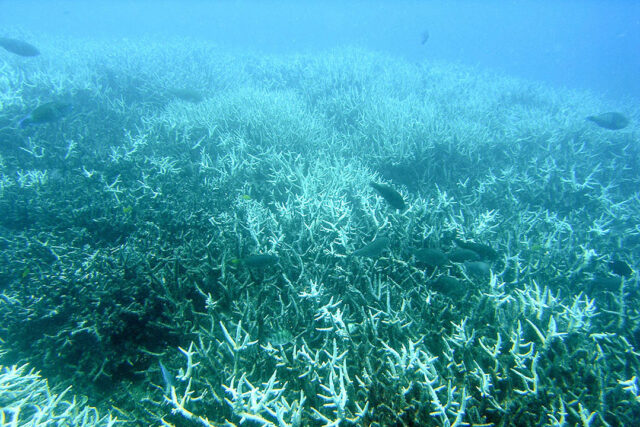
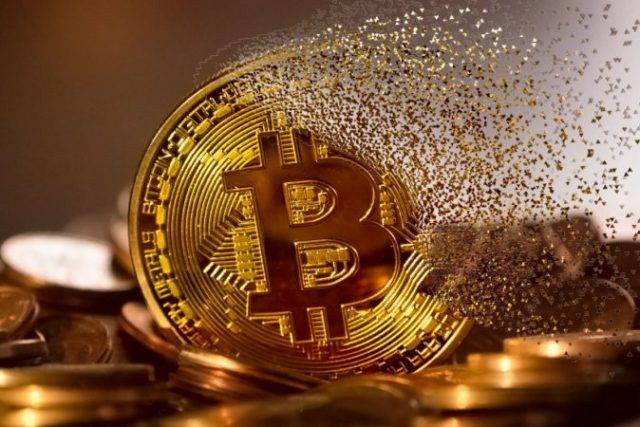

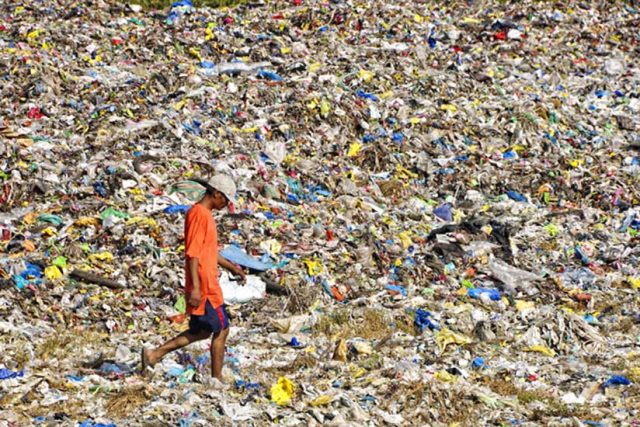



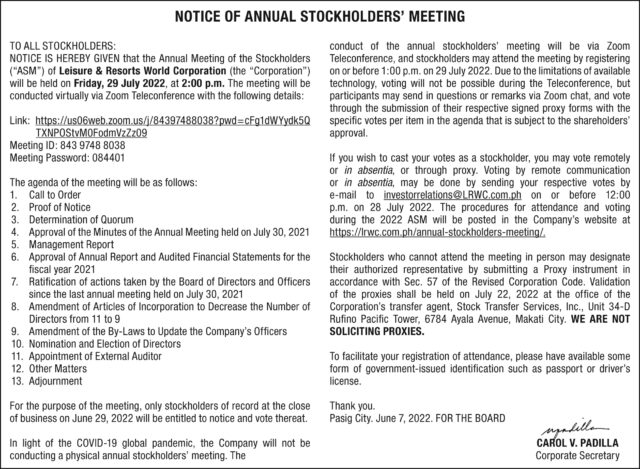

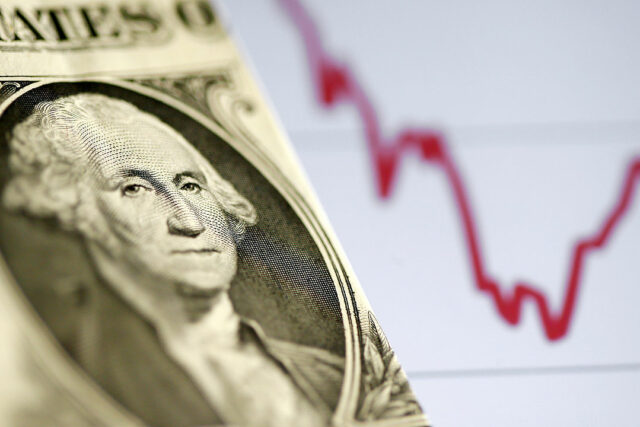
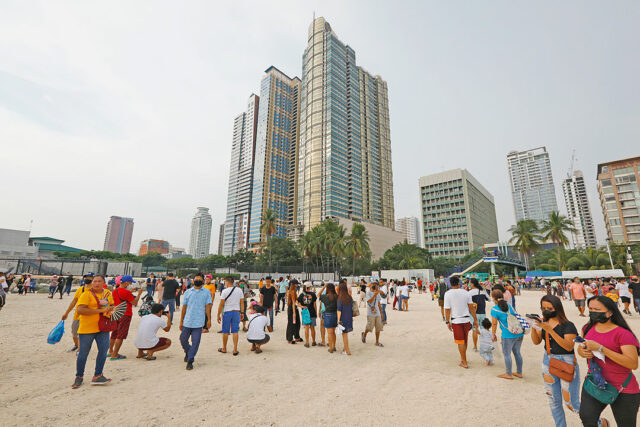
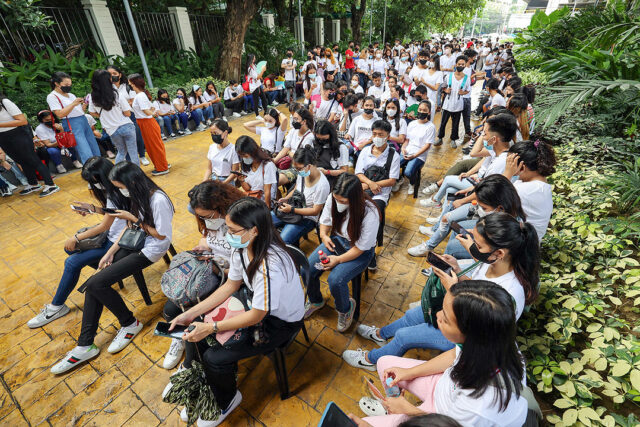
 That’s especially true after a number of companies trimmed their workforce to save costs after pandemic lockdowns in the past two years slashed sales and pro
That’s especially true after a number of companies trimmed their workforce to save costs after pandemic lockdowns in the past two years slashed sales and pro